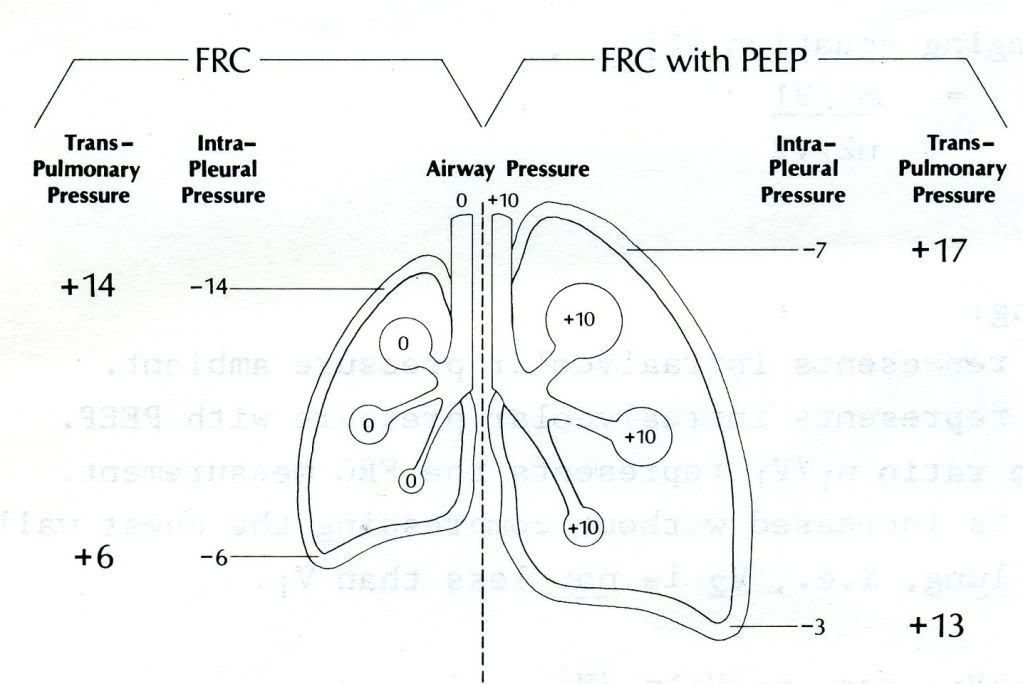jnk wrote:Back to the scheduled program . . .
I agree there are many ideas about what meaning should be attached to many things that are less than desaturating apneas, for the average person. However, still, the bottom line for me is what is expressed in the book Nonivasive Mechanical Ventilation: Theory, Equipment, and Clinical Applications, by Antonio Matías Esquinas (Nov 4, 2010), p. 101:idamtnboy wrote:. . .There are no good explanations what FL really means. . .
Therefore, the question for an average OSA patient, in my opinion, is generally a matter of "more pressure or less?" rather than a question of "do those squigglies mean I have IFLs or not?" If you feel better with a higher pressure than what gets rid of apneas and hypopneas, then by all means, raise your pressure, if your doc doesn't mind, no matter what it is you are eliminating.In patients with OSA, progressively higher CPAP levels applied during sleep turn obstructive apneas into hypopneas, hypopneas into continuous inspiratory flow limitation, with or without snoring, and flow limitation into unobstructed breathing. When breathing becomes unobstructed, "respiratory arousals" (i.e., arousals that may follow increased inspiratory efforts associated with obstructed breathing) are eliminated, while sleep becomes more stable and sleep cycles more regular, contributing to improvements in subjective sleep quality, daytime sleepiness, and quality of life usually observed after just a few nights of CPAP application. Also, relief of upper airway obstruction is associated with resolution of intermittent hypoxemia and hemodynamic swings that accompany obstructive events, with a consequent reduction in long-term cardiovascular morbidity and mortality.
The objective of CPAP treatment are elimination of symptoms and of cardiovascular and, possibly, metabolic risk related to OSA. Today, the best way to accomplish these aims is usually considered to fully eliminate all degrees of upper airway obstruction during sleep. The lowest CPAP that eliminates upper airway obstruction in all sleep stages and body postures in a patient is indicated as "optimal" CPAP.
Question:
Why don't you quote from this book by Robert L. Chatburn:
http://www.amazon.com/Robert-L.-Chatbur ... dp_epwbk_0













